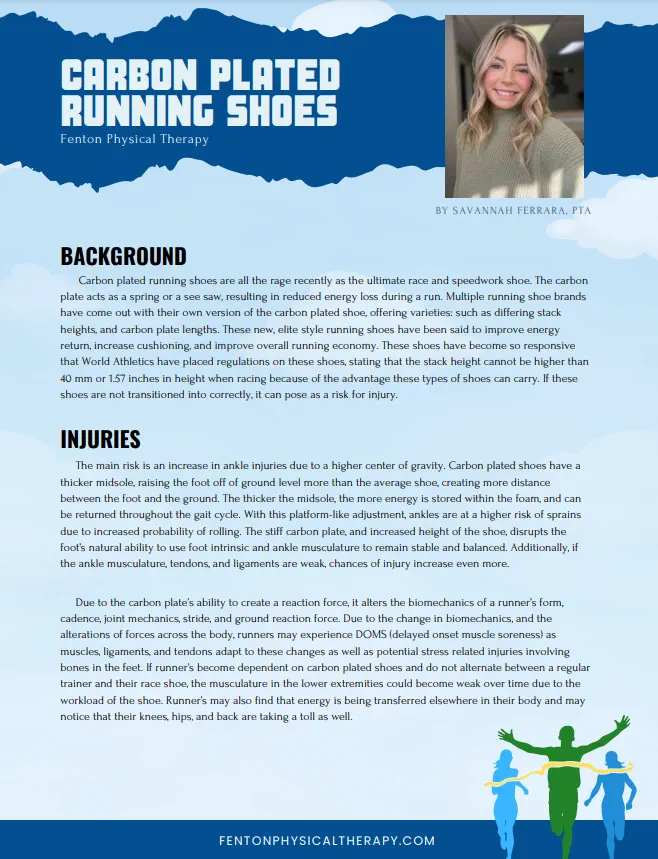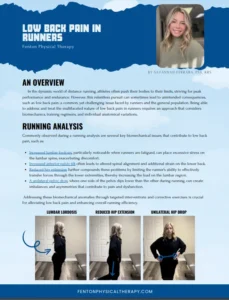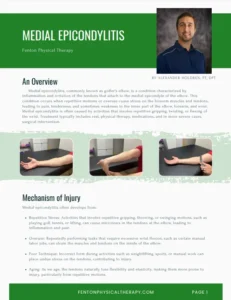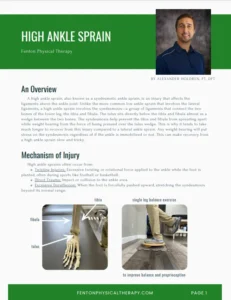BACKGROUND
Carbon plated running shoes are all the rage recently as the ultimate race and speedwork shoe. The carbon plate acts as a spring or a see saw, resulting in reduced energy loss during a run. Multiple running shoe brands have come out with their own version of the carbon plated shoe, offering varieties: such as differing stack heights, and carbon plate lengths. These new, elite style running shoes have been said to improve energy return, increase cushioning, and improve overall running economy. These shoes have become so responsive that World Athletics have placed regulations on these shoes, stating that the stack height cannot be higher than 40 mm or 1.57 inches in height when racing because of the advantage these types of shoes can carry. If these shoes are not transitioned into correctly, it can pose as a risk for injury
INJURIES
The main risk is an increase in ankle injuries due to a higher center of gravity. Carbon plated shoes have a thicker midsole, raising the foot off of ground level more than the average shoe, creating more distance between the foot and the ground. The thicker the midsole, the more energy is stored within the foam, and can be returned throughout the gait cycle. With this platform-like adjustment, ankles are at a higher risk of sprains due to increased probability of rolling. The stiff carbon plate, and increased height of the shoe, disrupts the foot’s natural ability to use foot intrinsic and ankle musculature to remain stable and balanced. Additionally, if the ankle musculature, tendons, and ligaments are weak, chances of injury increase even more.
Due to the carbon plate’s ability to create a reaction force, it alters the biomechanics of a runner’s form, cadence, joint mechanics, stride, and ground reaction force. Due to the change in biomechanics, and the alterations of forces across the body, runners may experience DOMS (delayed onset muscle soreness) as muscles, ligaments, and tendons adapt to these changes as well as potential stress related injuries involving bones in the feet. If runner’s become dependent on carbon plated shoes and do not alternate between a regular
trainer and their race shoe, the musculature in the lower extremities could become weak over time due to the workload of the shoe. Runner’s may also find that energy is being transferred elsewhere in their body and may notice that their knees, hips, and back are taking a toll as well.
Carbon plated shoes are offered with differing lengths of the carbon material, including: full length for heel strikers, or a midfoot carbon plate for forefoot or midfoot strikers. Along with full length and midfoot plates, enforcements such as extra tread can be found to mimic a runners strike pattern, offering increased durability and grip of the shoe. The longitudinal aspect of the shoe and its rigidity have a correlation of affecting the navicular bone in the foot in a negative way. Due to the stiffness of the carbon plate, from the heel all the way to the toes, the foots natural mechanics during the gait cycle is disrupted. This hinders hyperextension of the MTP joint of the great toe during toe off, ultimately altering the distribution of energy within the foot.
PSYCHOLOGICAL FACTORS
Carbon plated shoes offer a psychological component when racing or training as well. During an interview with Runner’s World magazine, sports scientist, Liam Walton explains the scenario of standing at the start line of a race; looking at the feet surrounding you and seeing all of these runners with super shoes on. If you show up to the starting line with your regular pair of trainers, you may be thinking that you are already at a disadvantage; if an athlete thinks that a shoe will make them run faster, they may actually improve their running speed, duration, and intensity which could result in injury
CONCLUSION
Overall, carbon plated running shoes are an amazing speedwork and racing shoe that offers athletes an extra bounce to their step. Transitioning from a regular training shoe into a more complex and stiffer shoe, needs to be done slowly; it’s to be introduced in increments to reduce the risk of injury. The verdict is still out on whether or not carbon plated shoes actually improve running economy, but may provide a placebo affect that may alter the mind into thinking that these engineered shoes will shave off a couple seconds of their fastest 5k or marathon. Though, at the end of the day every body is different and new is not always better for everyone. It is best to utilize running shops in the local area, as they can fit a running shoe to tailor your needs and run comfortably with your goals in mind. But may this serve as a reminder to listen to our bodies, and introduce new technologies and training plans slowly




